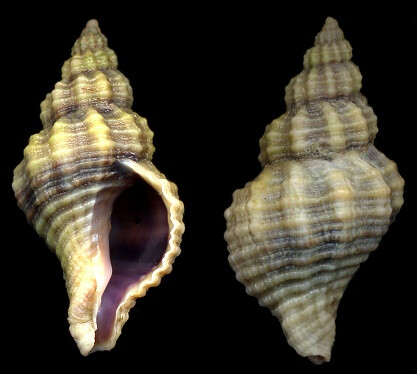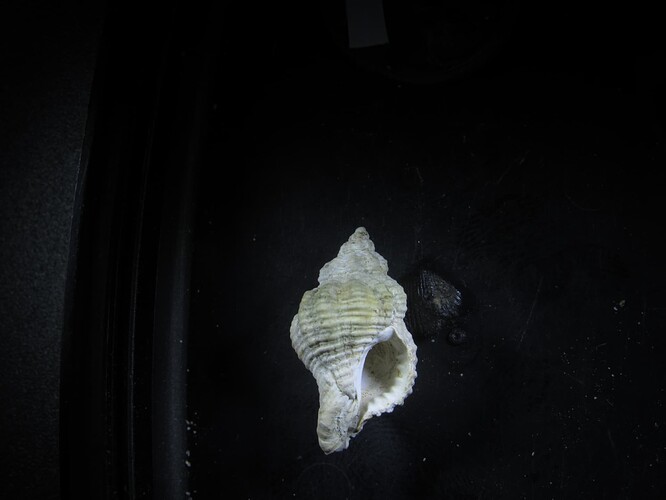Which brings us back to these examples:
Plenty, if you allow illustrations in physical publications to some extent.Busycon cf. carica , or Neoterebra cf. dislocata e.g.), which I have personally collected, that are distinctly transitional between species from mid-Pliocene deposits ( B. maximum , and N. indenta to continue those examples), which my grandfather has collected and illustrated, and recent species (standard B. carica and N. dislocata ), which one can find plenty of images of in many volumes on recent east coast mollusks.
If one looks at one of Ed Petuch’s publications documenting a series of “species” (what everyone else calls “varieties”) over time, then one can see another example. His volume describing Pyruella comes to mind. Some of Emily Vokes’ Tulane Studies papers on muricids also give good examples.
the Yorktown Formation ~4.5-3.2 MYA Melanella laevigata , based on the photograph in Campbell, 1993, has 11-13 teleoconch whorls when the shell is 10 mm long, and has a very weak suture. The similar recent species M. jamaicensis has 8-9 teleoconch whorls at that size and has a somewhat stronger suture. Three specimens that I have from the 2.4 MYA Waccamaw Formation have 9-11 whorls at that size and an intermediate-strength (still weak) suture.
If you wish me to send you a few thousand photographs of these sorts of mollusks fossils, I can do so, but there are better ways to apply the next few months.
Here is a specific example:
Would you agree that considering these to be very similar, but not identical, is reasonable?
1 Like

